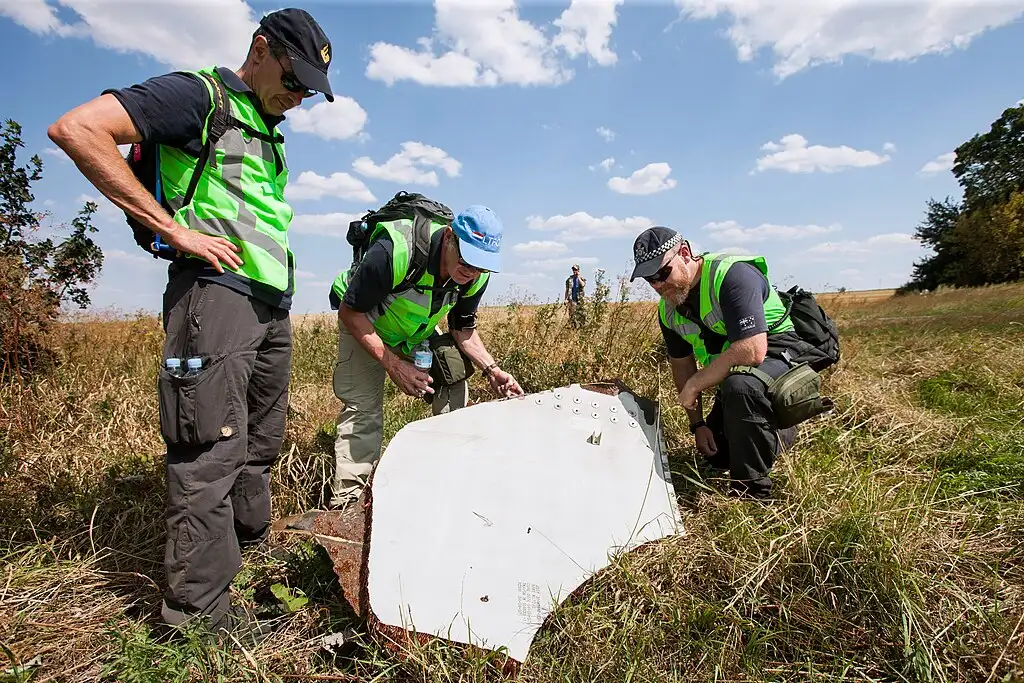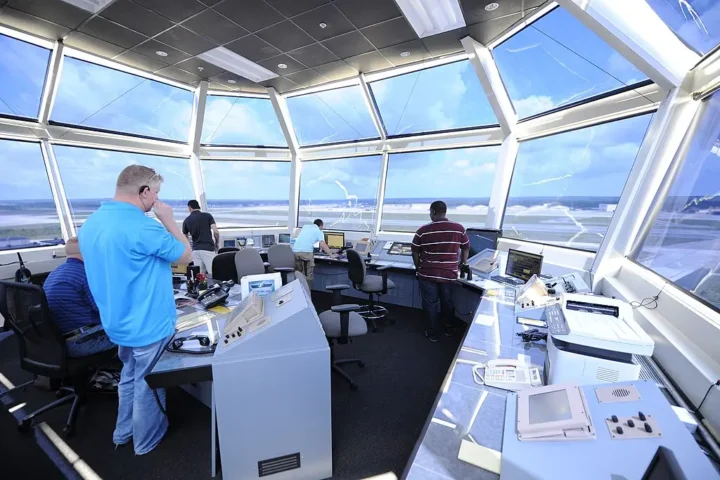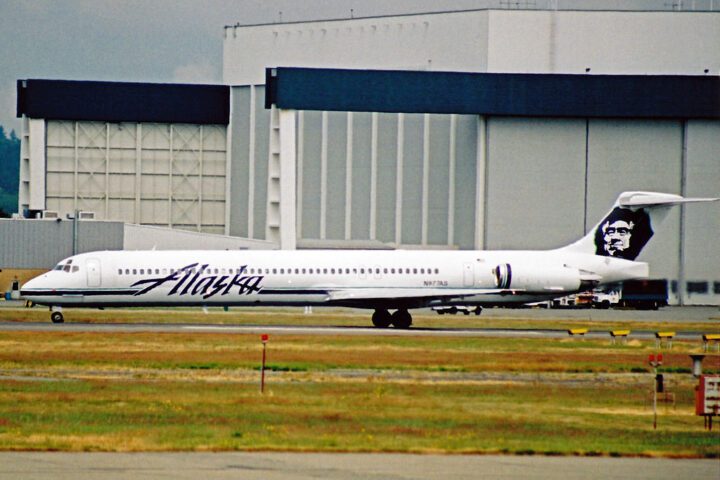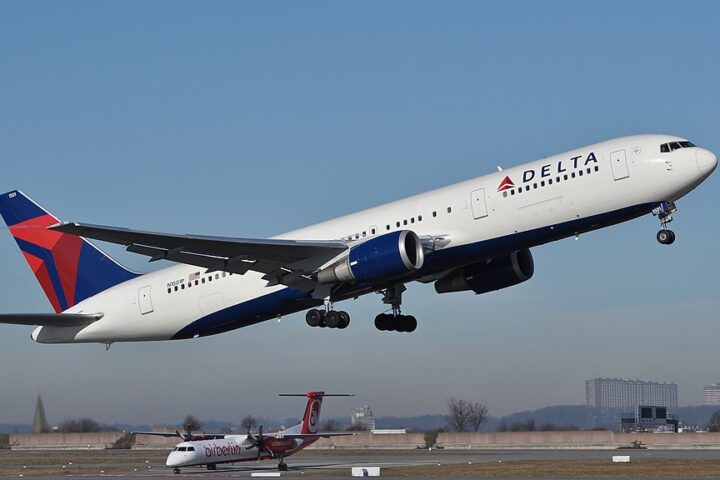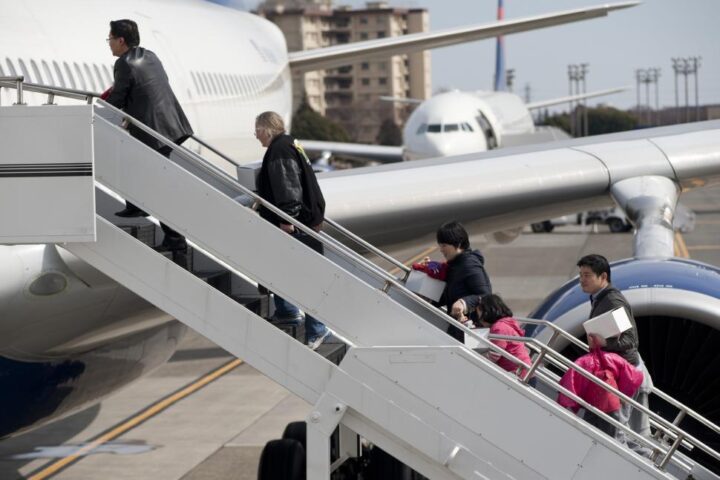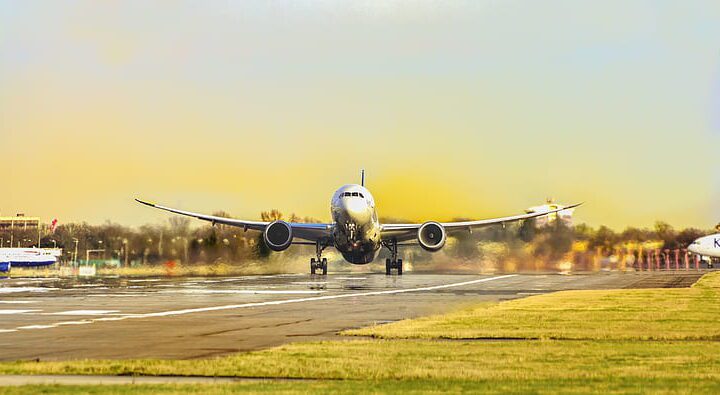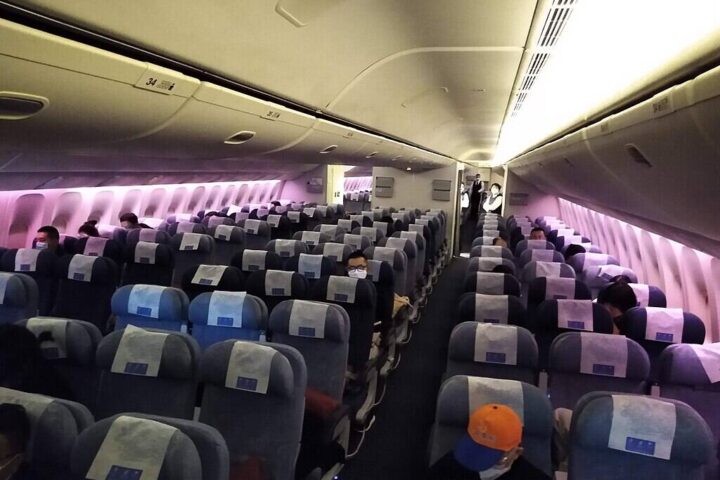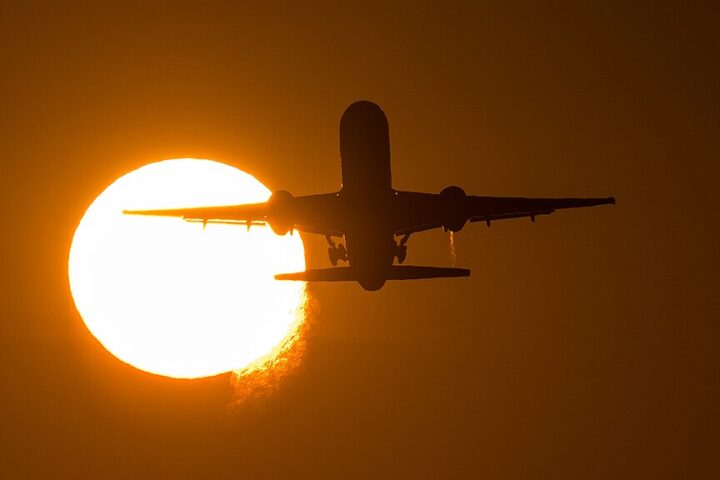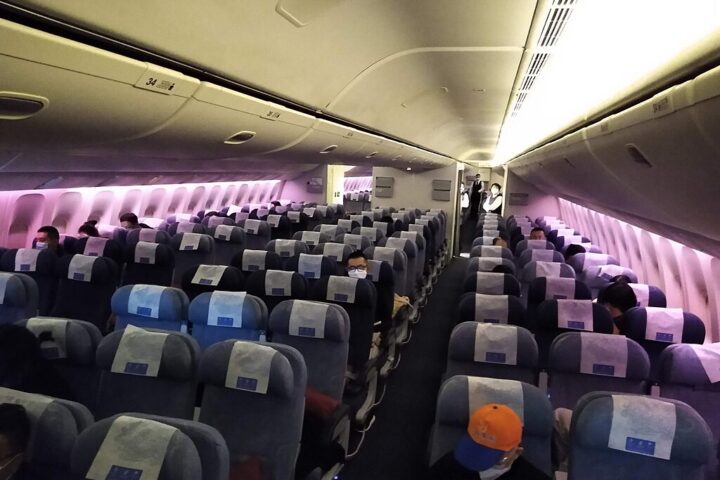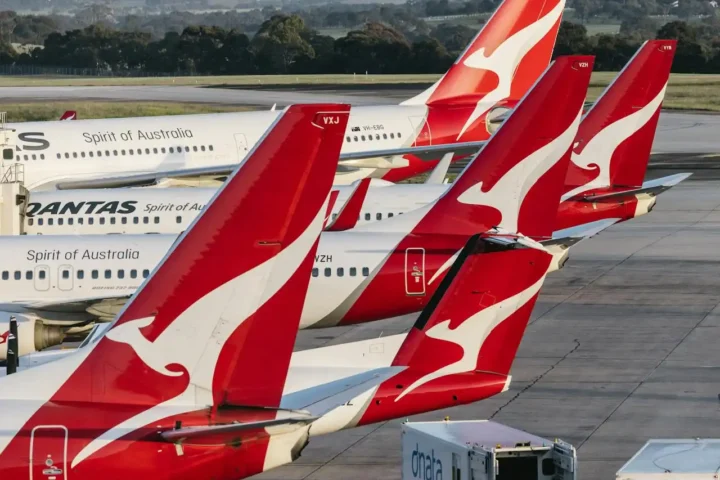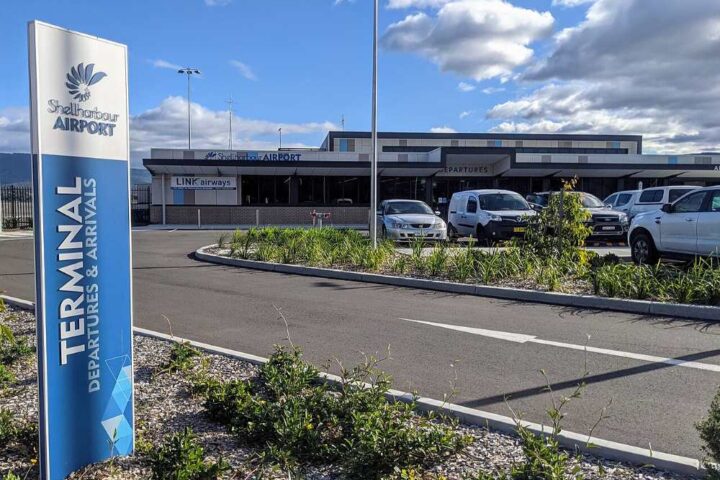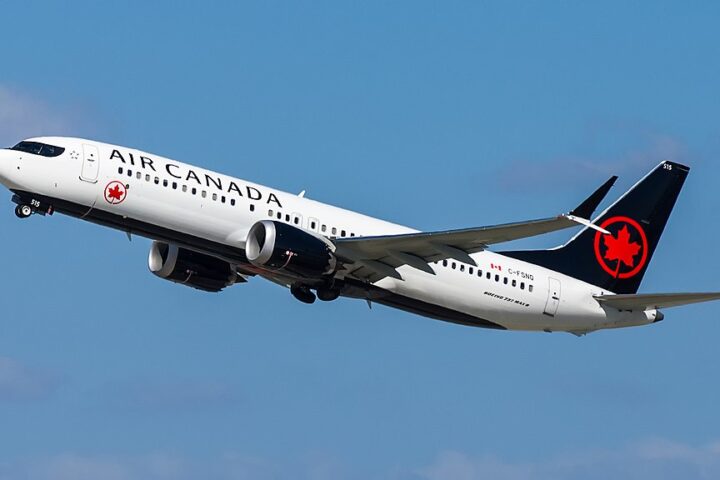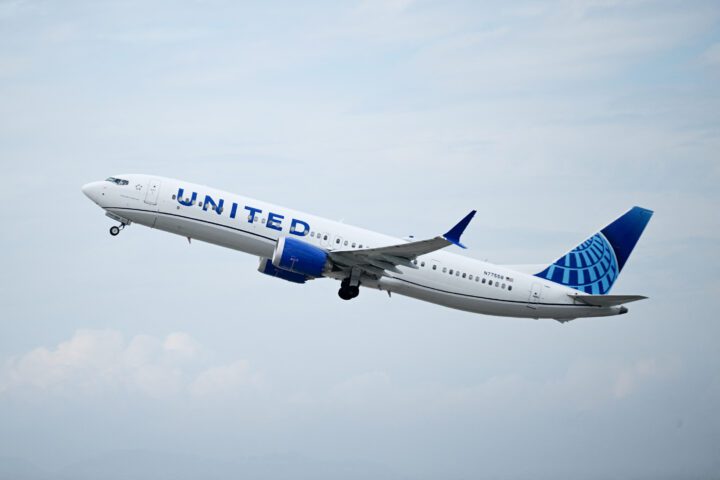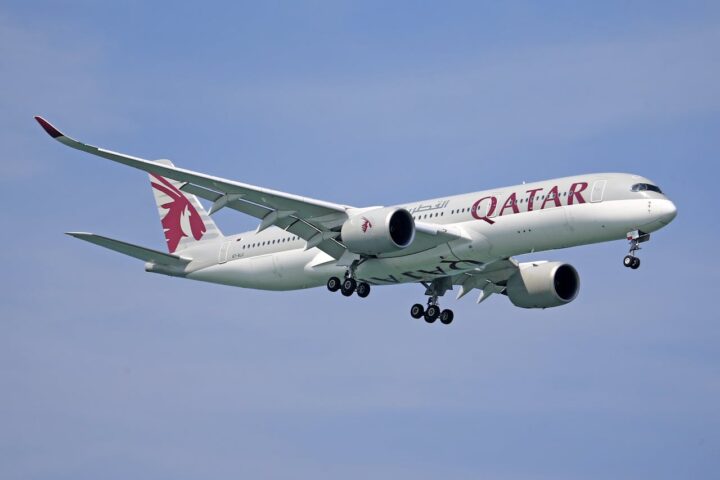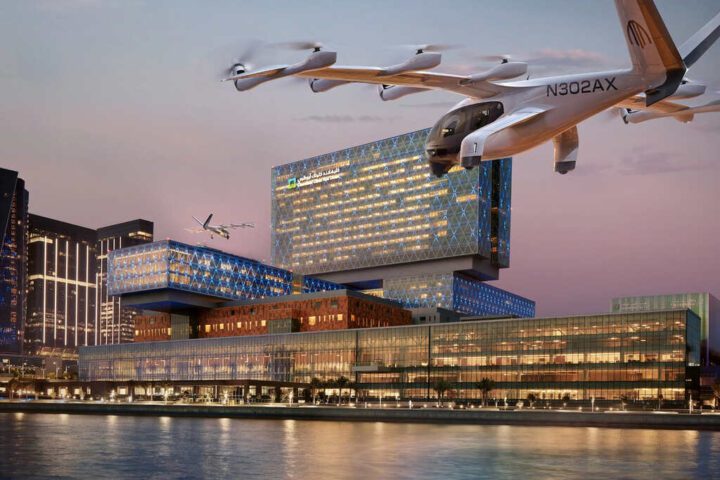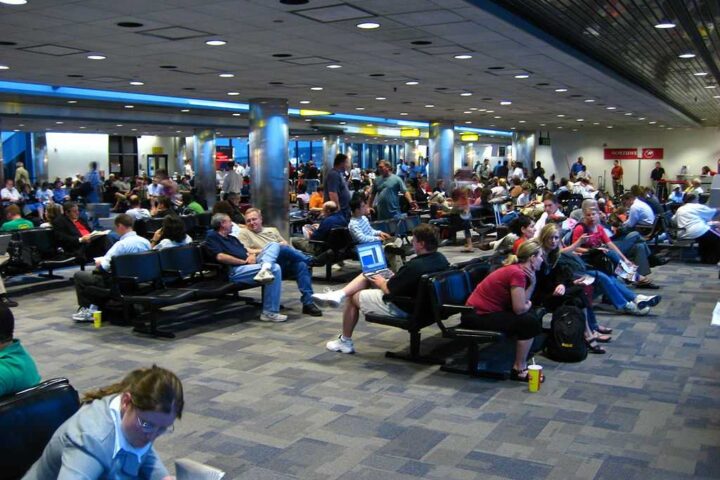The Council of the International Civil Aviation Organization (ICAO) made history Monday with its first-ever merits determination in a state dispute, finding Russia violated Article 3 bis of the Chicago Convention by allowing a Russian-made surface-to-air missile to destroy Malaysia Airlines Flight MH17 over eastern Ukraine in July 2014.
Breaking New Ground in Aviation Law
The May 12, 2025 ruling came after Australia and the Netherlands brought their case to ICAO in March 2022, arguing Russia breached international air law when a Buk 9M38-series missile fired from territory controlled by Russian separatist forces killed all 298 people aboard the Amsterdam-to-Kuala Lumpur flight.
“The decision cannot take away their grief and pain, but the decision is an important step towards establishing the truth and achieving justice and accountability for all victims of Flight MH17, and their families and loved ones,” Dutch Foreign Minister Caspar Veldkamp stated.
Technical Evidence Confirmed Russian Hardware
The Joint Investigation Team (JIT) tracked the missile’s origin to the Russian military’s 53rd anti-aircraft missile brigade, which is based in the Russian city of Kursk. Investigators recovered missile fragments bearing unique serial numbers that provided “a fingerprint identifying it and where it was made.”
The Dutch Safety Board’s technical analysis confirmed the crash was caused by a Buk 9M38-series surface-to-air missile with a 9N314M warhead. The warhead detonated outside and above the left-hand side of the cockpit. This fragmentation pattern killed the three crew members in the cockpit instantly before the aircraft broke apart over 19 square miles of eastern Ukraine.
NOTAM Obligations and Airspace Failures
A critical factor often overlooked involves Ukraine’s NOTAM (Notice to Airmen) obligations. On July 14th, 2014, UkSATSE applied restrictions to airspace in Eastern Ukraine banning flights below flight level FL320, i.e. 32,000 feet (NOTAM A1492/14). However, this left commercial aviation flying above 32,000 feet – exactly where MH17 was cruising at 33,000 feet – in an active combat zone.
The Dutch Safety Board concluded that the Ukrainian authorities should have closed the airspace above eastern Ukraine prior to the incident due to the ongoing conflict and earlier military shootdowns, but noted that states involved in armed conflicts rarely did so.
Enforcement Challenge and Next Steps
ICAO Secretary-General Juan Carlos Salazar emphasized this ruling “reinforces the absolute prohibition against weapons targeting civil aviation and sets a precedent for future state disputes.” However, as ICAO lacks regulatory power but holds moral suasion and sets global aviation standards, enforcement relies on diplomatic pressure.
Australia’s Foreign Minister Penny Wong called for swift action: “We call upon Russia to finally face up to its responsibility for this horrific act of violence and make reparations for its egregious conduct, as required under international law.”
Parallel Legal Proceedings Continue
Beyond state-level reparations, victims’ families have pursued multiple avenues for justice. In November 2022, Dutch courts convicted three individuals in absentia for their roles in the downing, Igor Girkin, Sergei Dubinsky, and Leonid Kharchenko to life imprisonment in absentia for their role in shooting down the Malaysian airliner over Donbas.
Families have also filed applications with the European Court of Human Rights seeking both emotional damages and financial compensation exceeding €10 million per victim.
Long-Term Aviation Safety Impact
The MH17 tragedy fundamentally changed how airlines assess conflict-zone risks. Prior to July 17, 2014, 37 airlines continued overflying eastern Ukraine and about 900 flights crossed the Donetsk region in the seven days before the Boeing 777 was shot down.
Airlines now employ enhanced risk assessment protocols beyond relying solely on state NOTAMs. Forward-thinking carriers like Qantas had already rerouted around Ukraine months before the tragedy, demonstrating industry awareness that NOTAMs alone weren’t sufficient for safety in conflict zones.
Understanding global accountability standards becomes crucial as international bodies work to establish precedents for future violations. The aviation industry must also consider how security protocols evolve in response to emerging threats.
Similar Posts
Future Enforcement and Reparations
ICAO Council members will deliberate in coming weeks on specific reparation forms – potentially including financial compensation, memorialization, and enhanced safety protocols. Holland and Australia seek ICAO-supervised negotiations ensuring negotiations are conducted in good faith and according to specific timelines, and that they will yield actual results.
The precedent set could encourage other aggrieved states to utilize Article 84 dispute mechanisms, strengthening international aviation jurisprudence and making future violations costlier for responsible parties.
Conclusion: A Milestone in Aviation Justice
This ruling marks a critical evolution in international air law enforcement. While Russia maintains its denials and withdrew from negotiations in 2020, the ICAO determination provides authoritative confirmation of responsibility under international law.
For families seeking closure, the ruling validates their decade-long pursuit of truth. For the aviation industry, it reinforces that civilian aircraft must remain inviolate regardless of terrestrial conflicts below.
Practical Guidance for Industry and Families
Aviation operators should implement enhanced risk assessment protocols incorporating multiple intelligence sources beyond state NOTAMs. Families affected by MH17 can engage with recognized victim associations to coordinate testimonies and legal filings for maximum impact.
The technical precision of the investigation – from missile serial numbers to warhead fragment analysis – demonstrates how modern forensic capabilities can pierce through state denials and disinformation campaigns.
Looking ahead, this ruling should catalyze stricter mandatory conflict-zone protocols, potentially requiring airlines to demonstrate independent risk assessments before approving routes over disputed territories. The philosophy underlying this case – that civilian aviation transcends political conflicts – remains as relevant today as when the Chicago Convention was signed 80 years ago.
For an industry built on trust and safety margins, the MH17 investigation and ICAO ruling prove that even when justice takes a decade, aviation’s commitment to uncovering the truth remains steadfast.
